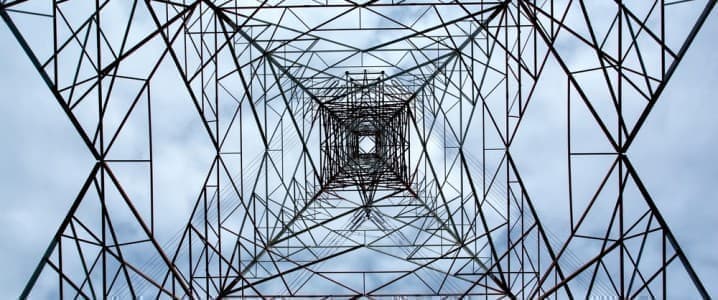It’s been one heck of a year for Texas energy grids. Six months ago only a very select group of industry insiders and policy nerds had ever heard of The Electric Reliability Council of Texas (ERCOT). Now, they’re a national household name and the Lone Star State’s public enemy number one.
ERCOT first gained its notoriety in February of this year when a severe cold snap led to devastating failures across Texan power grids. Lack of energy across huge swaths of the state in combination with the dangerously low temperatures and storm conditions tragically led to critical shortages of water, food, and heat, ultimately culminating in the death of 111 people at the very least, and that’s just in Texas. While there were several competing narratives circulating to explain the catastrophic failure in its immediate aftermath, the clear culprit was ERCOT and the unusual and unique organization and orchestration of the Texan power grid.’
Texas found itself in a pickle when it ran out of energy to supply its own grid in February because, unlike other states, it wasn’t able to import electricity from beyond its borders. This is because Texas has completely isolated its power grid over the years in order to avoid federal regulation and the fairly flawed traditional utility model. This secession from the national power grid has essentially converted the state into an “electric Alamo,” in the colorful words of United States Circuit Judge Richard D. Cudahy. Ultimately, The Texan power grid failed because of woefully inadequate infrastructure and “weatherization” and isolation from other markets as a failsafe mechanism in exactly this kind of crisis.
Related: Judge Blocks Biden’s Ban On Oil Leasing
But what about the Texans whose energy didn’t fail? Are they not proof that the system didn’t entirely fail? Ask Scott Willoughby, the Texan resident whose lights stayed on, for the price of $16,752 -- the amount of his next power bill. Willoughby was far from the only Texan hit with power bills big enough to break the bank in the wake of the February storm. The physical, psychological, and financial havoc wreaked by the storm and the workings of ERCOT has earned the council a nasty reputation over the last six months.
And has ERCOT learned its lesson? Apparently not, because Texan power shortages are in the headlines once again -- but this time thanks to blisteringly hot summer weather. As Texans contend with sweltering temperatures the state has experienced a surge in electricity demand, so much so that it has set an all-time record for the state’s power usage in the month of June. And once again, this increase in demand revealed some crippling limitations to Texas’ power grid infrastructure. The spike in demand unfortunately dovetailed with a deficit of power generation capacity. More than 12,000 megawatts of power generation were out of service during the demand spike.
In response to this power squeeze, ERCOT has asked Texans to cut down on their electricity usage by voluntarily turning off their air conditioners in the midst of the June heatwave. The response has been less than glowing. ERCOT’s latest plea to the Texan populace was met with “a heavy dose of reluctance, skepticism, and outrage on social media,” a local news outlet reported.
It’s a sticky situation. Demand is high, power generation seems to be increasingly unreliable in Texas, the state’s population is continuing to expand rapidly, and changing climates mean that extreme temperatures and weather patterns are here to stay. One possible solution to the problem of electricity demand outstripping supply with more and more frequency is to pay Texans to use less power. ABC compares it to when airlines pay customers to volunteer for a flight change when a flight is oversold. This is known as a demand response in economics. Some Texan electricity purveyors already employ demand response tactics, but the strategy will need to be far more sweeping to make any real dent in the current (and, more than likely, future) supply deficit.
By Haley Zaremba for Oilprice.com
More Top Reads From Oilprice.com:
- $100 Oil Predictions Soar As Analysts Warn Of Supply Crisis
- China Reports Major Oil And Gas Find At Record Depths
- Is China Finally Moving Away From Coal?


















Texas, are we cutting off the nose to spite the face? Time to tell the truth about the Alamo and join the rest of the nation??